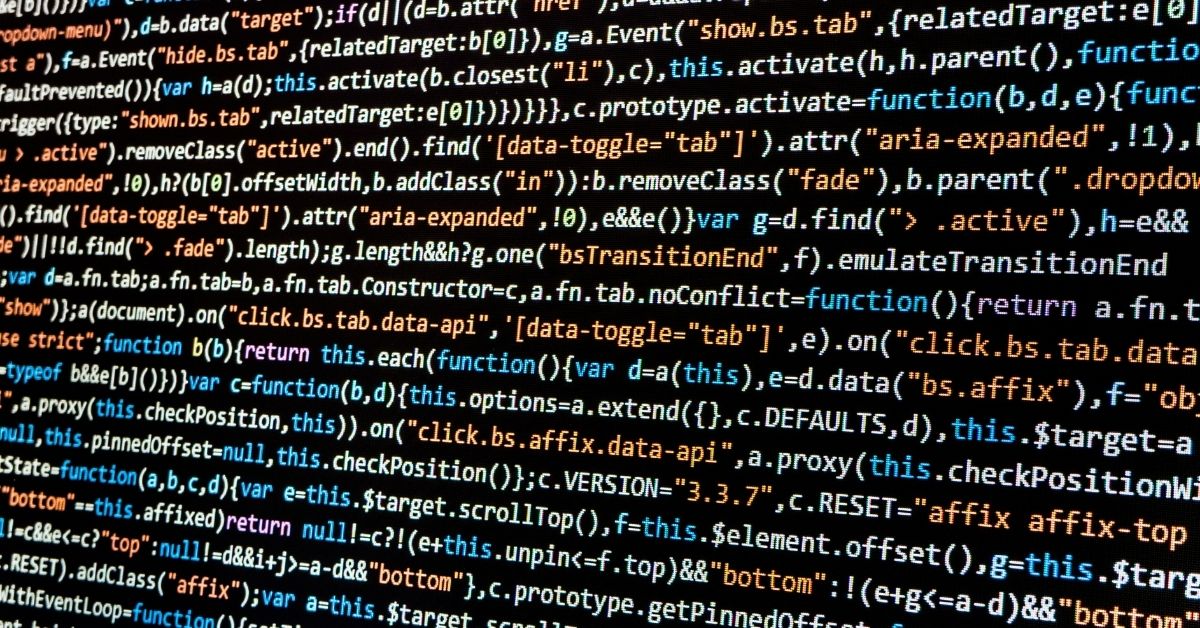We all are living in a fast-moving world. Every activity in every corner of the industry is taking place with the help of different programming codes. With time, programming languages have gained a lot of popularity among people. Different rules are coming up every day to make things about the programing language easy to understand. Many people might not be having clarity regarding the rules to protect the trade secrets of the programming code. If the person wants to protect their software or language from any type of attack, it is very important to put certain regulations. This is the reason many programmers are taking the help of the obfuscation method.
Different approaches are being used to prevent the programming languages from different types of attacks. Techniques like obfuscation are quite great which makes it quite easy to add the relevant statements to a particular program. The main aim of obfuscations is to make reverse engineering difficult to very troublesome so that no person tends to take this trouble.
Obfuscation helps the computer code to use complex roundabout phrases and some redundant logic that makes the code difficult for the reader to understand. The goal is to distract the attention of the reader with the complicated syntax and make it so difficult to extract the real information. The technique of Obfuscation is used to fool antivirus tools and many other programs that rely heavily on digital signatures to interpret the codes. For this, decompilers are available in the market for different languages like JAVA, operating systems like Android, Ios, and other platforms. NET. The decompiling process is also not very easy to do.
The main purpose of Code obfuscation is not the change the content of the programmer from its original code but rather to deliver it in such a unique way that codes appear to be very confusing. Here is the list of some of the obfuscation techniques included in the process. Let’s have a look at them.
- Renaming: First of all, the obfuscator alters the method and the names of the variables. The new names are allotted that might include some of the invisible and unprintable characters.
- Packing: This technique helps in compressing the entire program to make the code almost unreadable.
- Control flow: All the decompiled code might look like spaghetti logic which is unstructured and hard to read. By using this technique, the information from the code will be still unclear and it is very hard to state what it means.
- Instruction pattern transformation: This is the approach that takes the common instructions created by the compilers and swaps and makes them even more complex.
- Dummy code insertion: in this technique, the dummy code is added to make the code very hard to read and reserve engineer. This technique doesn’t affect the program’s logic or outcome.
- Unused code removal: In this technique. Some unused data is given to the reader about the program. It might be like an annotation on the working document that can further help them to read and remove from it. The reader can remove the extra information to know what is the actual code sent.
- Opaque predicate insertion: In this technique, the code is in logical expression i.e. True or false. This technique predicates the conditional branches in the form of it-then statements. Here it is quite difficult to state the results with the statistical analysis. Opaque predicate introduces some of the unnecessary code that causes a puzzle for the reader to understand the decompiled output.
- Anti-debug: Many hackers use the technique anti0debug to examine the code line properly. With the help of these tools, the software engineers can spot the problems in the code and the hackers can use them to reverse them. Still, the programming experts are using some other techniques along with it so that hackers may not be able to know the actual information from it.
- Anti-tamper: This is the tool used to detect the code whether it is been tampered with or not. If there is any modification in the code, the program is stopped there itself.
- String encryption: This is one of the best methods to hide the strings in the executable program. This technique makes it very difficult to go through the whole program and search for the particular strings for information.
- Code transposition: This is one technique to reorder the routine and branches of the code without having any sort of visible effect on the behaviors of the code.
The use of Obfuscation is providing multiple benefits to all the programmers. Let’s have a look at them.
- Secrecy: If the programmer wants that the information in the code should not to be leaked up with nay one in the market, the use of obfuscation becomes very important. This is one of the best ways that can hide the valuable information contained in the code and can protect it from many competitors and attackers. The use of Code obfuscation just puts a hold on the malicious code.
- Efficiency: The techniques of obfuscation are used to remove all the unwanted things from the program code. This can also affect the shrinkage of the program and make it more intensive to run.
- Security: Obfuscation is one of the best built-in security methods that is known for self-protection. There is no such usage of any other external security method to protect the code from any type of wrong practice.
Although the technology is getting updated quickly. But sometimes it becomes very important to have certain ways to protect the data from being hacked. Many government agencies are taking the help of such techniques to protect the data from being wrong practices. There are many other apps and mobile security techniques available in the market that are quite efficient in providing the best services to every user. You can easily get the solution of obfuscation from an online platform like App sealing that ate known for providing the best guidance for a problem related to websites and apps.


